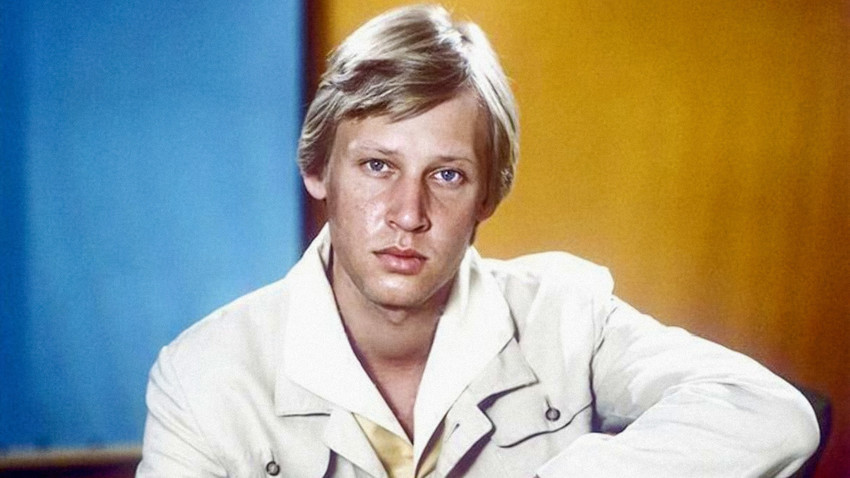
The star of Soviet cinema, Dmitry Kharatyan.
Personal archive“Style is knowing who you are, what you want to say and not giving a damn,” Orson Welles, the man behind Citizen K, believed. If that’s true, it can be safely said that Soviet men had real style. There was just one small problem. They didn’t “give a damn”, not because they were trying to be cool or macho, but mostly because they didn’t have another choice.
The so-called ‘Shturmanskie’ (“Pilot”) wristwatch gained a cult following in the USSR. Their production began back in 1949 specifically for the Air Force, so they never officially went on sale. The brand was created exclusively for pilots and cosmonauts.
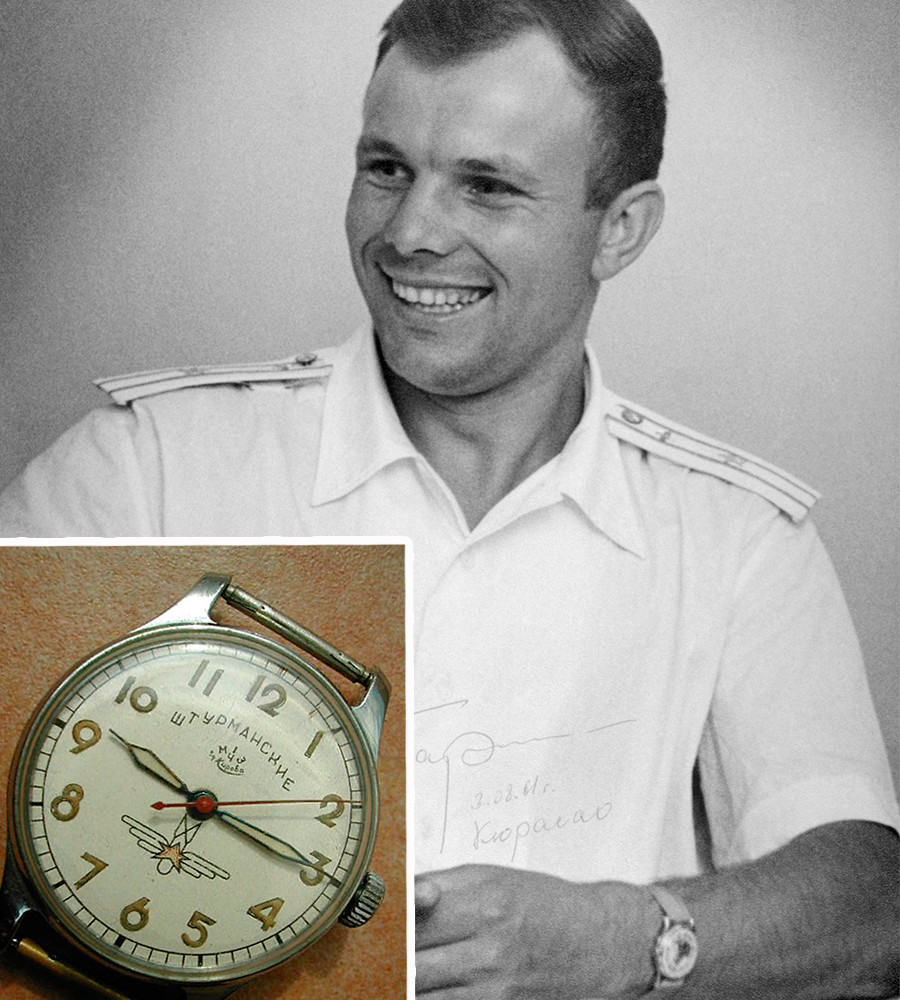
Soviet cosmonaut Yuri Gagarin was the first man to travel into space in 1961.
TASSNone other than Yuri Gagarin wore the legendary watch when he made the world’s first manned space flight in 1961. His shock-resistant wristwatch could remain operative for up to 48 hours. At the time, it was a real breakthrough for Soviet watchmakers. Vintage ‘Shturmanskie’ timepieces are still valued by collectors today.
READ MORE: Top 5 things ALL Soviet women 'hunted' for
Meanwhile, the best watch money could buy – ‘Raketa’ (“Rocket”) – came with a price tag many found hard to swallow - 150 rubles (which was equivalent to roughly two months’ wages). This was also Leonid Brezhnev’s favorite watch.
In the 1970s, the Japanese Seiko watch became available in the USSR. “My mother gave my dad a Seiko watch as a birthday present. Since then, the only thing he had to worry about was winding it,” recalls Ivan, 35.
They had expression, freedom and sex appeal. They boosted confidence. They made you whole. Anyone travelling overseas in the 1970s had a moral obligation to bring back a pair of jeans. All those destined to stay at home had to look for jeans elsewhere, including the black market.

Soviet youths wanted to look like rock stars, too.
L.Nosov/SputnikREAD MORE: Goods from socialist countries that were a big hit in the USSR (PHOTOS)
Jeans instantly became a stylish staple in the Soviet man’s wardrobe. Like those in the west, Soviet youths wanted to look like rock stars, too. One way to do it was to wear blue jeans. Levis, Wrangler and Lee were among the most popular brands, costing up to 100 rubles a pair.
“Believe it or not, I had to save money to buy a pair of jeans. My monthly salary was only 80 rubles. I wore my first jeans into holes!” Says Sergey, 69.
A number of dapper men in the Soviet Union dreamed about pointed-toe leather shoes. This was back when men’s shoes were meant to be distinct and funky.
Originating in the rock-n-roll era of the 1950s, the so-called ‘Winklepickers’ were the epitome of style and flamboyance. These shoes were hard to get, so some Soviet mods were forced to custom make their own swanky footwear.

Soviet Olympic champion Sergey Tarakanov during the 1985 FIBA EuroBasket.
Igor Utkin/SputnikIn the 1970s, men’s platform shoes took center stage. And a decade later, iconic Adidas sneakers became widely coveted. Following the 1980 Summer Olympics, hosted by Moscow, sneakers became a universal fashion statement. Men began to wear them everywhere, from the theater to the bakery.
The challenge was to distinguish fake shoes from the real ones. Some swindlers even found a way to put the signature ‘Adidas’ logo on the shoe surface with the help of an iron.
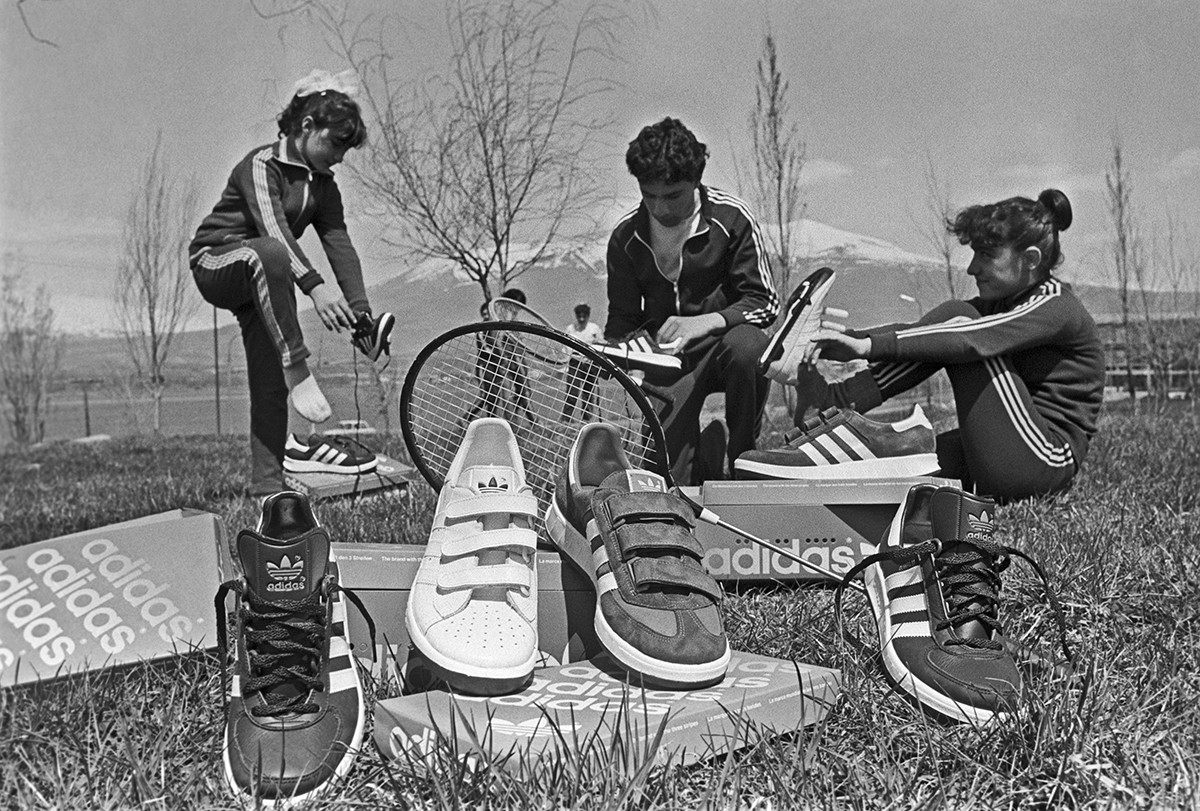
Adidas sneakers were a fashion statement in USSR.
TASS“Adidas sneakers were so hard to get I decided not to bother. Sprint spikes were more affordable substitutes. I followed my friends’ instructions: went to the nearest shoe-repair shop to remove these spikes, replacing them with a new, more comfortable sole,” Dmitry, 57, recalls. “That was it.”
In the 1970s, knitted vests came into fashion. These warm fancy-knit items were usually brought from abroad. Those who didn’t have the right connections would simply let loose their old grandmother’s scarves to knit new, trendy vests. Meanwhile, the scarf itself became an important fashion accessory by the mid-1970s.
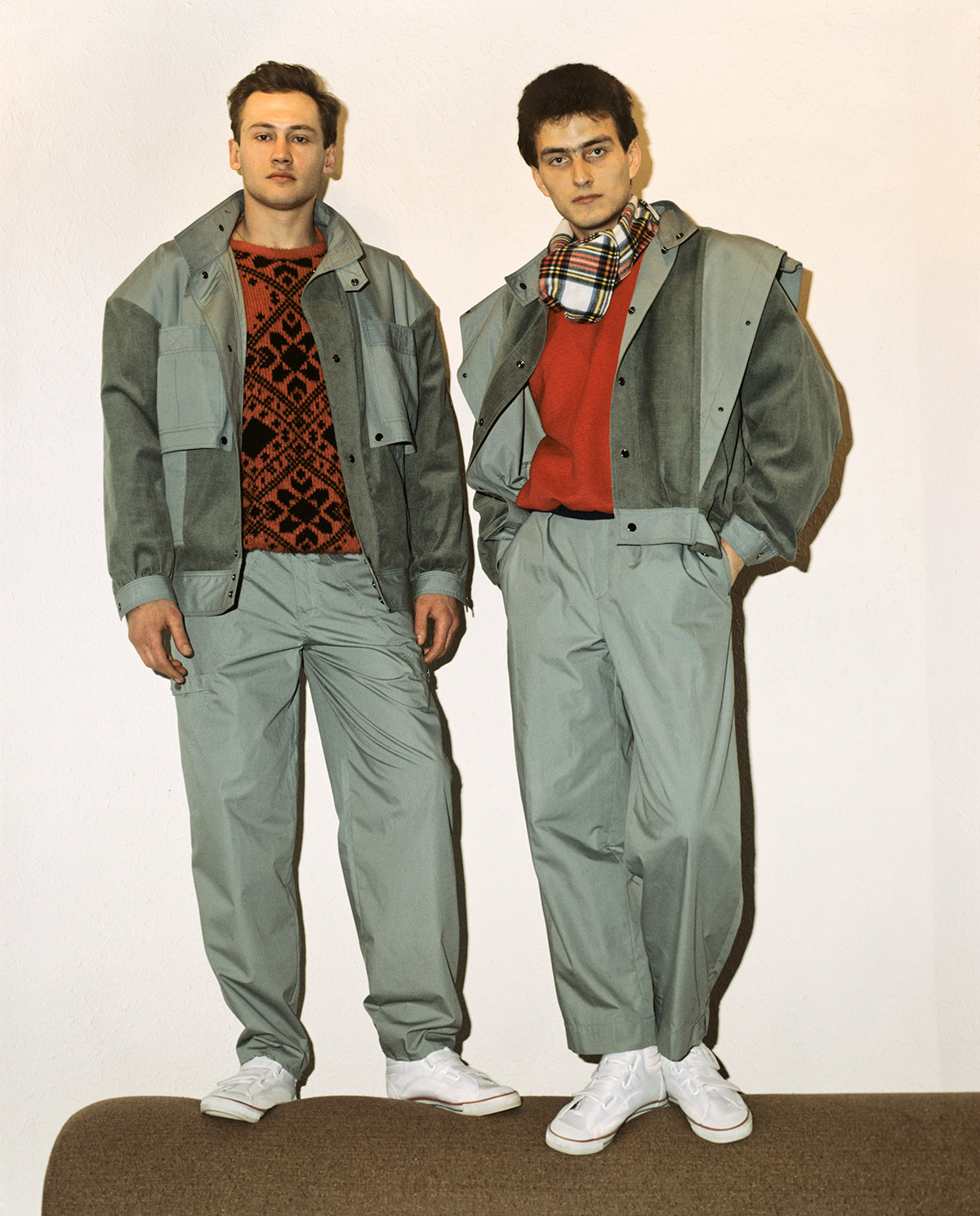
Knitted vests were all the rage in the 1980s.
A.Sigaev/SputnikThe demand for brightly colored tartan scarves, proudly marked ‘Made in Scotland’, was high. A checkered scarf could cost up to 60 rubles. But it was worth it! Sheepskin coats and a tartan scarf were a killer combination, they would say.
“I remember how cool it felt to put my dark brown sheepskin coat and a muskrat fur hat on, wrapping a thick green scarf around my neck. I felt like a movie star, Paul Belmondo, perhaps. That’s what I was wearing when I met my future wife,” Andrey, 60, says.
Men are pretty much on the same page when it comes to gadgets. The picture wasn’t different in the 1970s. Soviet men were obsessed with gadgets, just like their peers on the other side of the Iron Curtain.
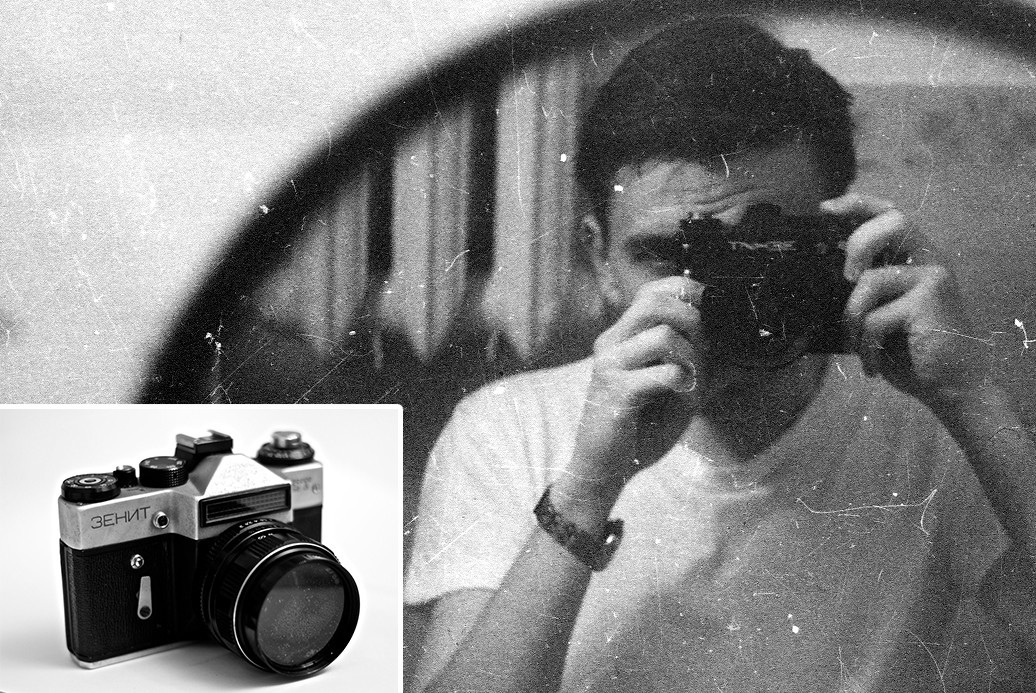
Soviet men were obsessed with gadgets.
Silar (CC BY-SA 3.0); Suranga Wijeratne (CC BY 3.0)Soviet men’s dreams included a new Zenit camera or an audio cassette recorder made in Japan. They were not spoiled for choice when it came to choosing a new device. It was mostly a question of availability.
READ MORE: How the USSR created ‘super-workers’
“My dad bought himself a Zenit Helios-lens camera,” Maxim remembers. “In the mid-1970s, it cost around 100 rubles. My mother was so mad at him they didn’t talk for two days. She said the next time he decided to spend his entire salary on a gadget she would file for divorce. My father learned his lesson at that point!”
If using any of Russia Beyond's content, partly or in full, always provide an active hyperlink to the original material.
Subscribe
to our newsletter!
Get the week's best stories straight to your inbox